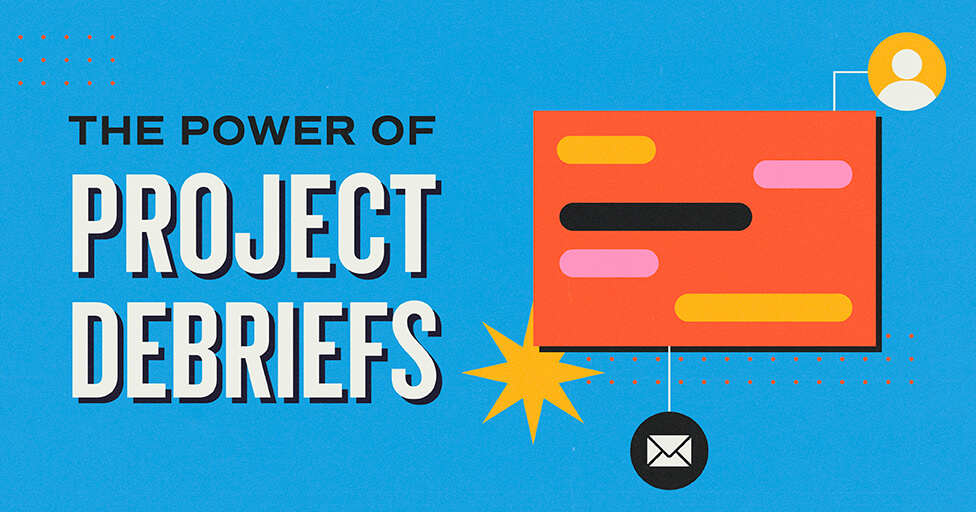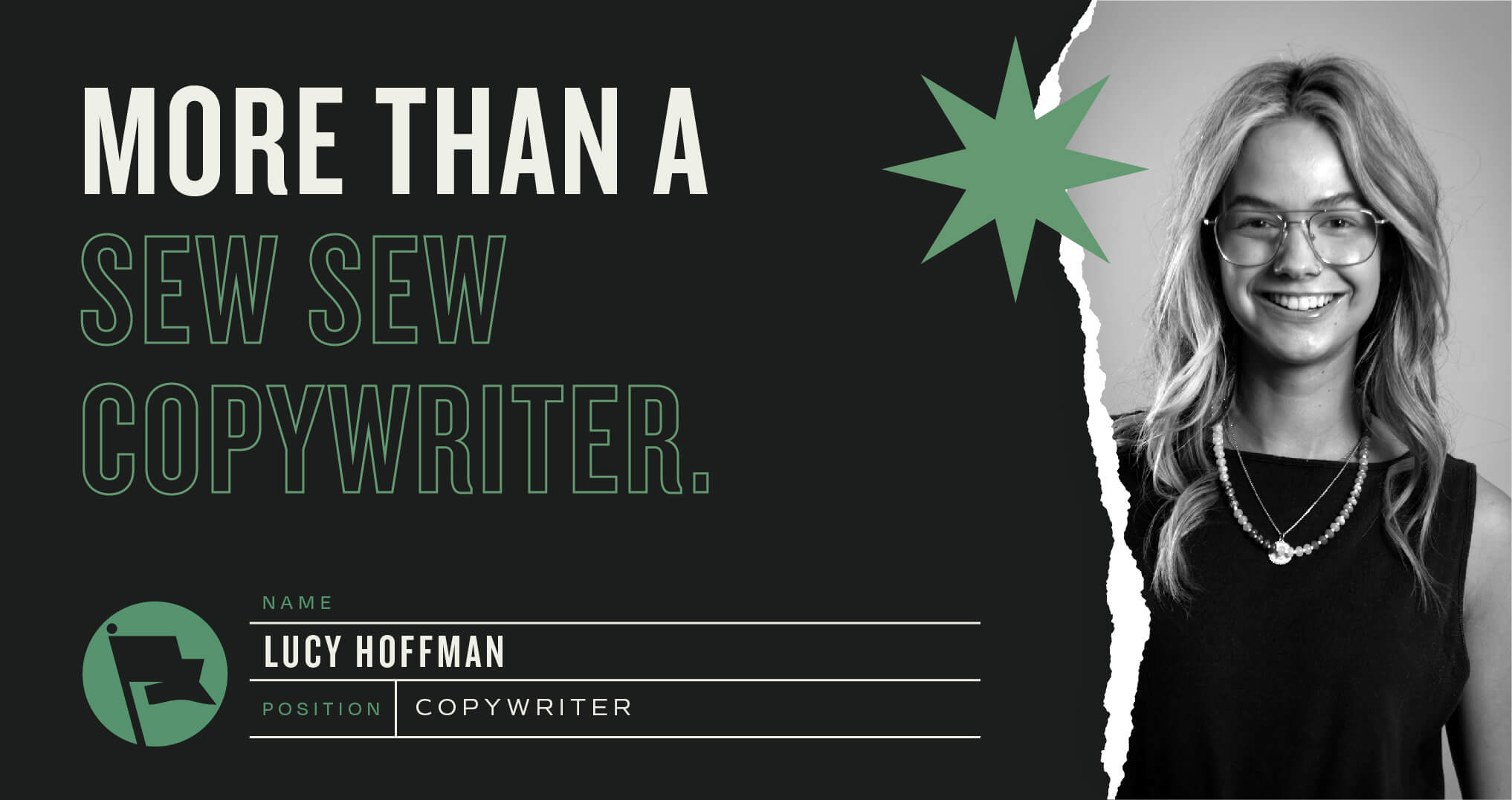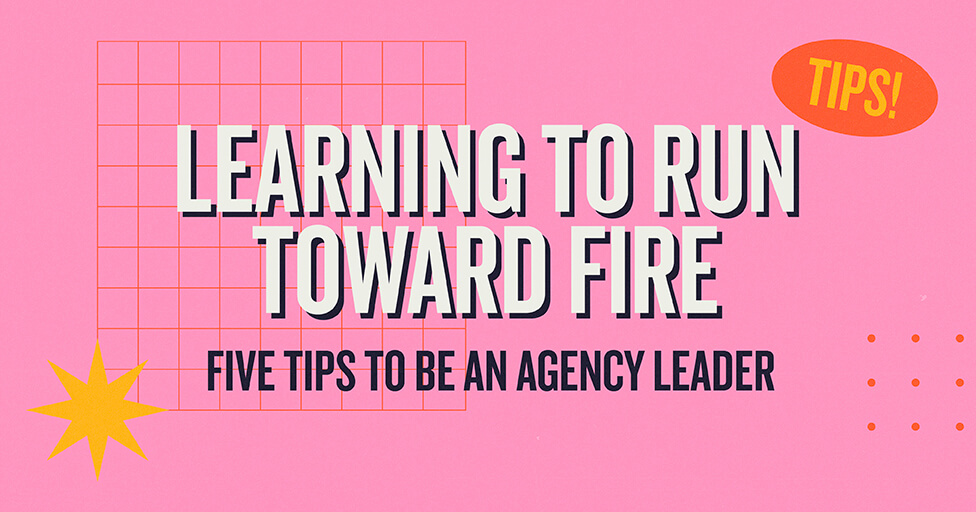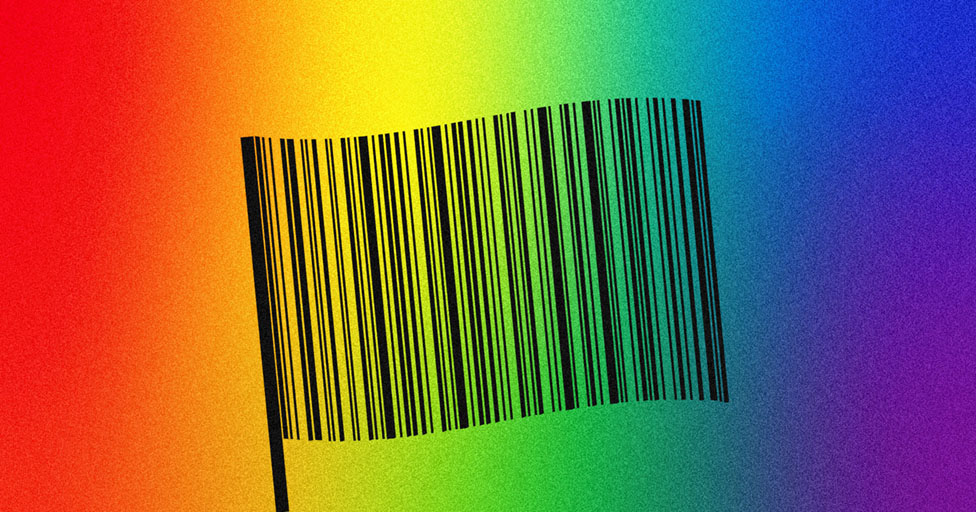
As a queer man, I am one of the many folks inundated with targeted ads and campaigns during June from all types of brands wanting to show support for LGBTQ rights. Pair my identity with my career as an art director at MBB, and you’ve got this blog, a rundown of brand triumphs and failures during Pride. But before we start the critiques, let’s lay out the criteria I’m looking for as I scroll past yet another rainbow logo on Twitter.
Here’s my ground rules for a successful Pride campaign. A brand must:
- Be relevant to LGBTQ people,
- Donate a specific, meaningful amount to an LGBTQ rights organization,
- Feature work including and created by LGBTQ folks, and
- Continue to support LGBTQ rights beyond Pride month.
Making your logo rainbow-colored for a month is insufficient even with the best of intentions. There’s even a term for that now, “rainbow-washing,” where brands’ support only amounts to slapping a rainbow on one of its products. True support and activism for LGBTQ rights is the only way to authentically pair your brand with our community. Anything less can feel incredibly predatory and actively cease support from LGBTQ folks and their allies.
Swap out LGBTQ rights for another movement, and you’ve got the recipe for any successful cause marketing campaign. But now, let’s get into some of the highs and lows of Pride 2019.
Highs
Harry’s Razors
View this post on Instagram
Harry’s Razors really outshone every brand I interacted with during Pride. Their campaign included a specially designed razor with 100% profits donated to the Trevor Project, a partner Harry’s donates to throughout the year. That’s commendable itself, but they took it another step further with a supporting campaign featuring a diverse range of LGBTQ people, photographed by a queer photographer. Harry’s let the identities of their subjects take priority over their product with quippy lines that resonate, and it’s a smart campaign even looking beyond Pride. The totality of this campaign proved the relevance for the community. Harry’s campaign emphasized its place in the daily routine of queer folks, whether you’re a drag queen whose persona requires a clean-shaven face or a queer person using their mustache as a means of self-expression. For me, it set the standard for a modern LGBTQ-focused campaign, especially in the CPG space.
Adobe – Better Together
Adobe, a leader in software and products for creatives, used their Pride campaign to highlight and promote LGBTQ creatives all month long. It was a great way to find new queer illustrators and designers through their creative platforms like Behance and underlined Adobe’s stated commitments to being an inclusive company. More so, their campaign made sure to promote the Equality Act, federal legislation that would provide protections to LGBTQ people in the workplace, which sadly isn’t the standard. Their microsite thoroughly details exactly how Pride comes to life as an employee of Adobe. For me, Adobe excellently used Pride to engage their own community, internally and externally.
Lows
Bud Light
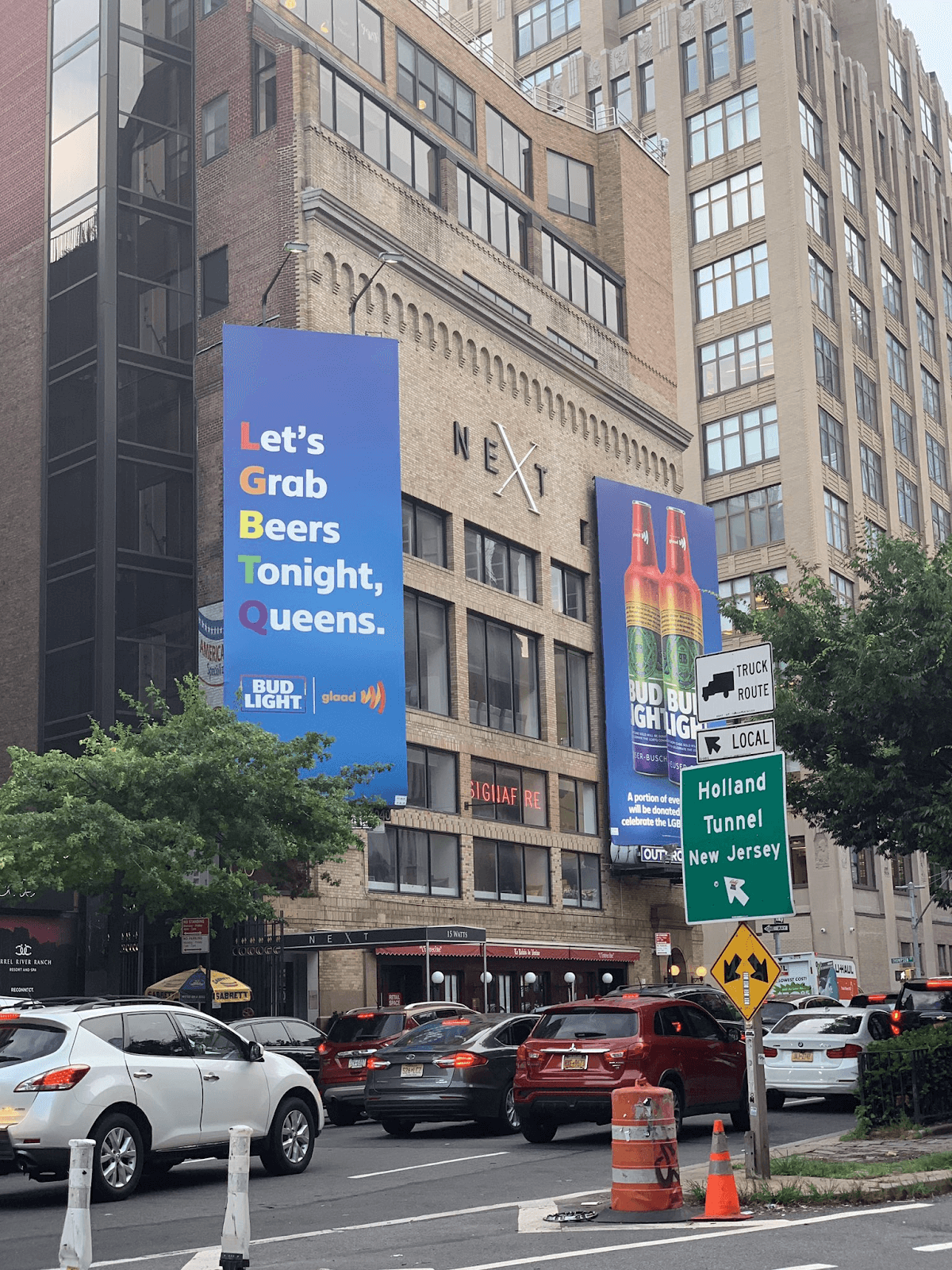
Bud Light’s pride campaign this year really fell incredibly flat for me. Their rainbow bottle had the opportunity to be a fun symbol to use throughout advertisements like Harry’s did with their razor. Instead, the campaign predominantly doesn’t feature humanity at all, a textbook case of rainbow-washing, instead focusing more on just using Pride as an opportunity to sell to more people. More so, the line they wrote rubbed me and other LGBTQ folks the wrong way. In an age where so many people still stumble over the acronym, rewriting LGBTQ to be a brand message was a wrong move. Every case of the Pride bottle did end up donating $1 to GLAAD, but when I think about that number, it seems so small. I tip my bartenders more per single beer and hope to see Bud Light improve their commitment to LGBTQ folks throughout the year.
YouTube
LGBTQ creators have been frustrated with YouTube for a while, and it came to a rolling boil during Pride this year as queer creators detailed the harassment they received on the popular video platform. Pair that with consistent complaints about demonetizing videos featuring queer themes, and YouTube’s campaign felt more fraudulent than others.
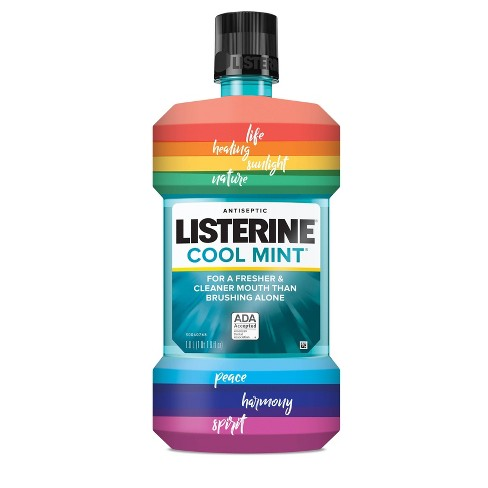 Listerine
Listerine
Listerine was also a textbook version of rainbow-washing, so extreme it feels too easy to read them on this blog. One thing to learn from Listerine’s mistakes is to think extremely critically about how your product fits into LGBTQ communities specifically. For Listerine, a basic hygiene product like theirs doesn’t have enough connection to the community to seem genuine. Looking back to Harry’s, they smartly positioned their product in the lives of LGBTQ folks through their supporting campaign, proving their relevance to the community. It’s not enough to put a rainbow on your product and call it a day. Oh, and don’t even get me started on the choice of typeface.
As LGBTQ rights become more and more widely accepted, more and more brands will want to jump onto the bandwagon to announce their support. This year’s pride felt filled with rainbow logos on social media, but keep these campaigns in mind for how to improve and do better with cause marketing in the future. LGBTQ folks know that “Love Is Love;” we’re looking for authentic support, not a t-shirt.
Want to learn more about how to properly market to LGBTQ folks? Read this excellent twitter thread from Fran Tirado, an editor at Out Magazine.
Subscribe to our newsletter
Get our insights and perspectives delivered to your inbox.
